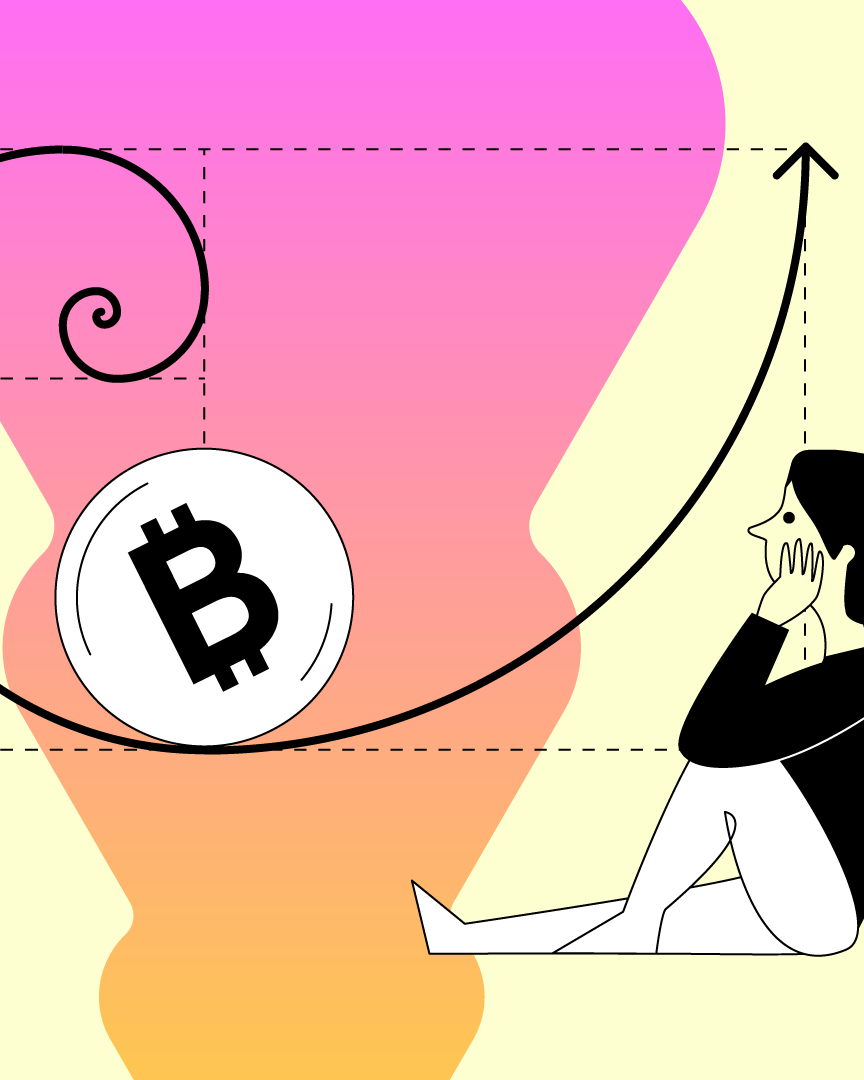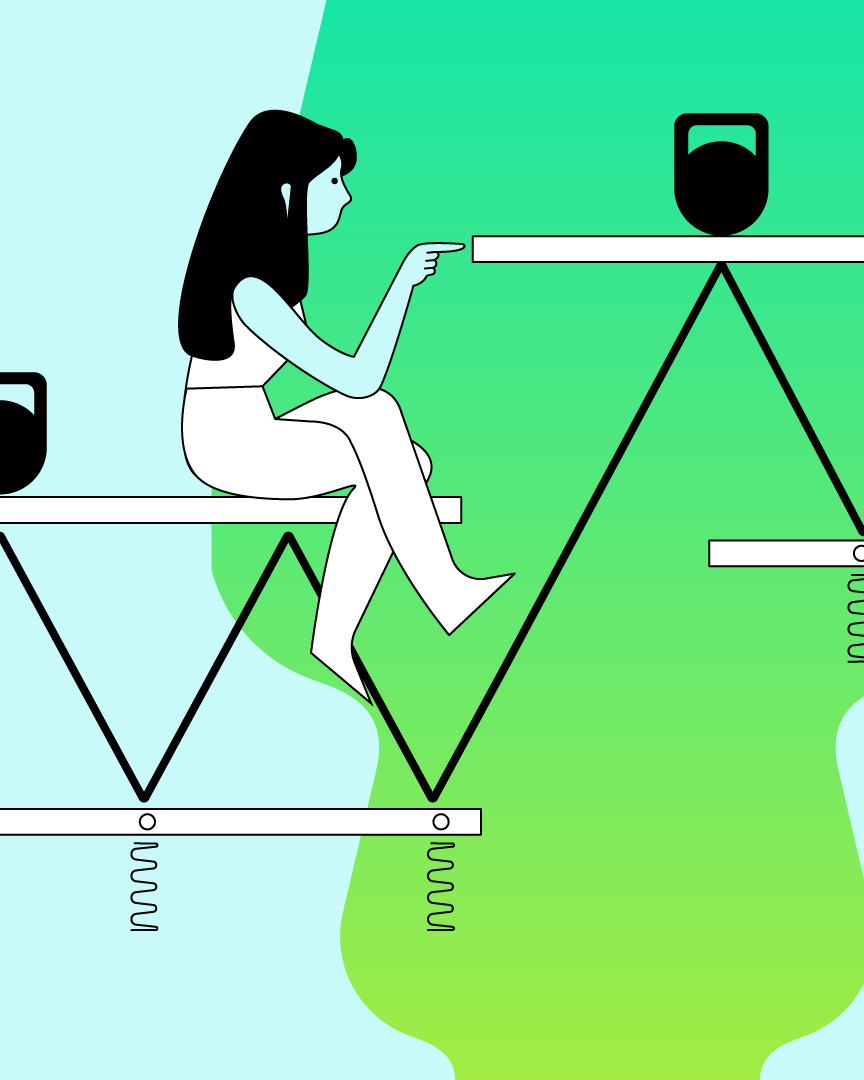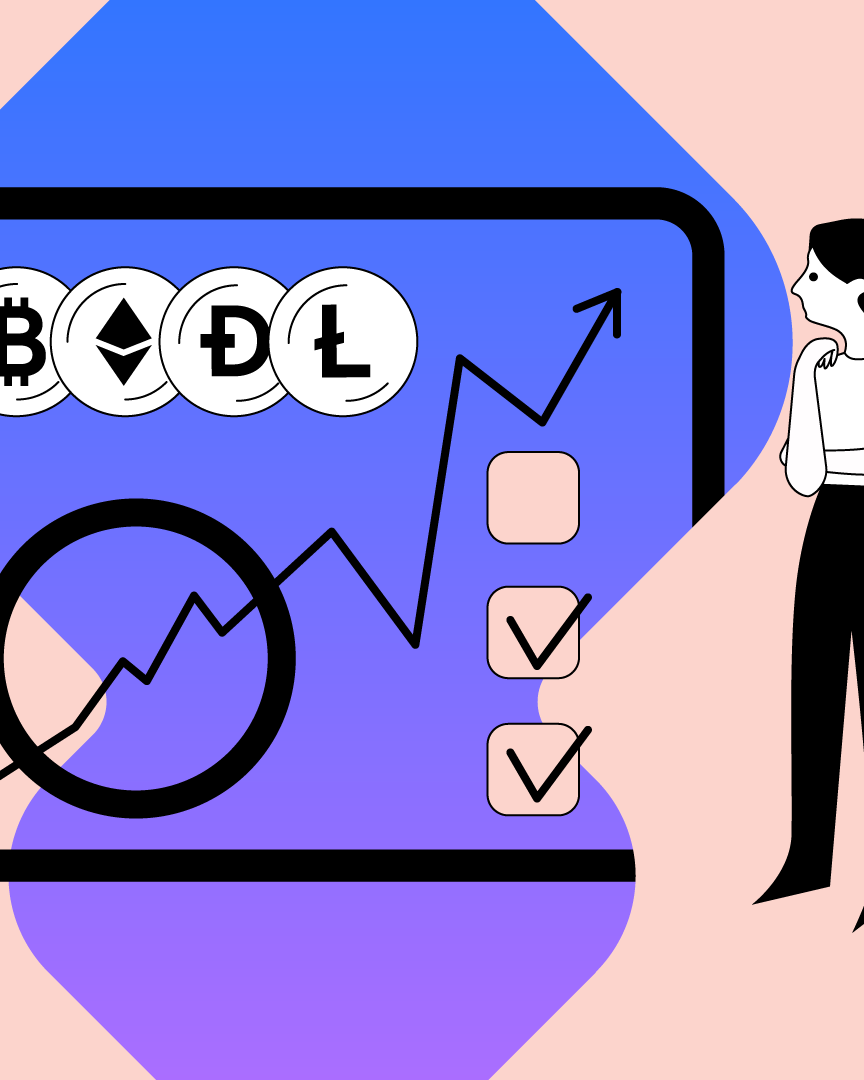3.03 The Dow theory: principles and statements
This lesson helps you understand the principles and statements of Dow’s theory.

Dow’s theory is an integral part of the technical analysis. Before the western world learned about candlestick charts, this theory was extensively used by investors and traders. In today’s world, we approach trading by combining the best practices from candlesticks and Dow’s theory.
This lesson helps you understand the principles and statements of Dow’s theory.
Contents
- Charles Dow - Pioneer of technical analysis
- The basics of Dow theory
- Theorems of Dow
Charles Dow - Pioneer of technical analysis
Charles Dow lived in the United States from 1851 to 1902. A financial journalist,he was passionate about the stock exchange. He founded the Dow Jones & Company and co-founded the famous economic newspaper The Wall Street Journal.
Charles Dow was also the creator of two stock market indices, the Dow Jones Industrial Average and the Dow Jones Transportation Average, related to railway companies. All Dow’s ideas and thoughts about the stock market were published in The Wall Street Journal. Charles Dow never tried to create any theories of his publications. After his demise, all his records were collected and called Dow’s theory.
Dow’s friend Samuel Armstrong Nelson was the first to develop an interest in Dow’s concepts. He published a book named “The ABC of Stock Speculation” in the early 1900s, which featured many of Dow’s ideas.
The basics of Dow theory
Followers of Dow classified several principles about his theory. You may find that all assumptions of Dow’s theory are valid to this day, but they require some clarifications. Let’s discuss the three principles of Dow’s theory.
1st Principle
Manipulation in the stock markets is only possible in the short term because it is difficult to manipulate long-term trends. Even though various manipulations happen every day, it is nearly impossible to influence the main trends that last several years.
One person or a group of people cannot influence the market long term. Financial markets have hundreds of thousands and currently hundreds of millions of transactions a day. In a year, this is quite a huge number. It is impossible to control such a complicated process in the long term.
2nd Principle
The financial market discounts everything, so market indices show market sentiment. It is important to compare the situation of individual assets to the sentiments of a broad market, illustrated by market indices.
During a boom, even companies with worse fundamentals have a chance to go up. Similarly, companies with solid foundations also lose in the bear market.
3rd Principle
Dow’s theory is not infallible, and it is certainly not a money-making machine like other theories. It must be used with appropriate caution and supported by many additional analyzes.
Theorems of Dow
Besides the three principles, several statements were also characterized, which refer strictly to the movement of price on the financial market.
- There are three moves in the market - The main, long-term trend lasts from slightly less than a year to even several years. A medium-term trend that is a correction of the main trend lasts from a few weeks to several months, and a short-term trend lasts from several days to a maximum of several weeks.
- The bearish market is a period of intense declines in asset prices - It usually starts with testing new highs with declining volume, which is the so-called distribution. In turn, the collapse is accompanied by an increase in volume. The bearish market is caused by the outbreak of crises, economic slowdown, bursting speculative bubbles, etc. The range of declines in stock prices from recent highs is between 20 and 50 percent. It usually takes about a year, and the downtrend is disturbed by upward corrections.
- The bull market stands for a long-term uptrend - After a strong decline, asset prices become attractive to investors who are not afraid to enter the market. In contrast, most investors are afraid to even think about the stock market. The allocation process begins, and the boom lasts for an average of over two years.
- Higher degree corrections are considered to be a decline during the bull market period or an increase during the bear market period - Corrections last from a few weeks to several months and are characterized by a retracement of the last move between 33% and 66%.
Dow’s theory allows us to describe and characterize seemingly random market behavior. We can say that it arranges the financial market in certain patterns that have been going on for years. First, we have the accumulation phase, the beginning of the bull market, the main trend phase, and finally, the distribution and bear market phases. After the cycle is complete, the overall pattern repeats itself.
In the coming lessons, we will discuss more tools and theories to help you perform technical analysis in cryptocurrency trading.
DE
This material does not constitute investment advice, nor is it an offer or solicitation to purchase any cryptocurrency assets.
This material is for general informational and educational purposes only and, to that extent, makes no warranty as to, nor should it be construed as such, regarding the reliability, accuracy, completeness or correctness of the materials or opinions contained herein.
Certain statements in this educational material may relate to future expectations that are based on our current views and assumptions and involve uncertainties that could cause actual results, performance or events to differ from those statements.
BB Trade Estonia OU and its representatives and those working directly or indirectly with BB Trade Estonia OU do not accept any liability arising from this article.
Please note that investing in cryptocurrency assets carries risks in addition to the opportunities described above.




















